Transplanting pine trees in spring and autumn from the forest to your site
You clearly lack the resinous smell, evergreen needles and, in general, a beautiful fluffy tree in your summer cottage. There is a desire, but there is no way to buy yet. In this case, you can transplant a viable and unpretentious pine tree from the forest to your dacha and thus acquire an ephedra, which will give you joy for many years. However, in order for a young seedling from the wild to fall in love with your estate, and the change of location was less painful, it is necessary to take into account a number of features inherent in this tree species.
We will tell you about how to fulfill the dream of a green friend in our article.
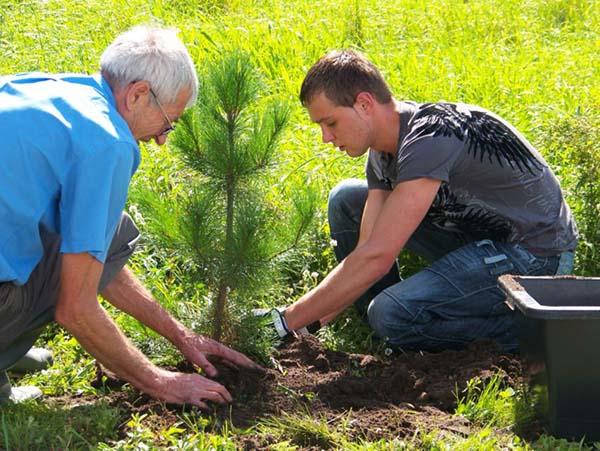
Content
- 1 Popular types and varieties of pines
- 2 When to transplant pine from the forest to your garden: optimal timing
- 3 How to choose and dig a pine seedling in the forest: tips and tricks
- 4 How to transplant a forest pine to your site
- 5 Caring for a forest pine on the site: growing rules
- 6 Why do pine needles turn yellow and how to deal with it?
Popular types and varieties of pines
What species and varieties are not represented by pine, but the most famous are:
- Ordinary (Pinus sylvestris);
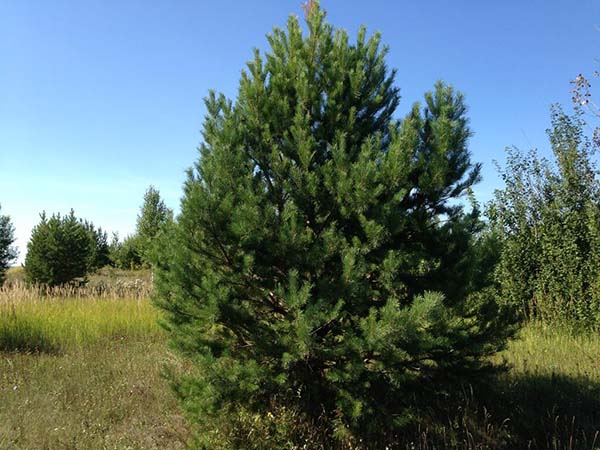
- Balkan or Rumelian (Pinus peuce);
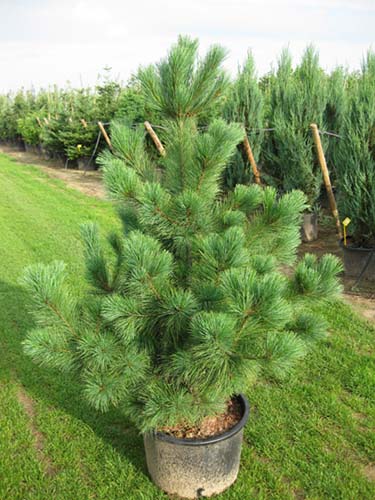
- Dwarf (Pinus pumila) or sometimes it is also called cedar elfin;
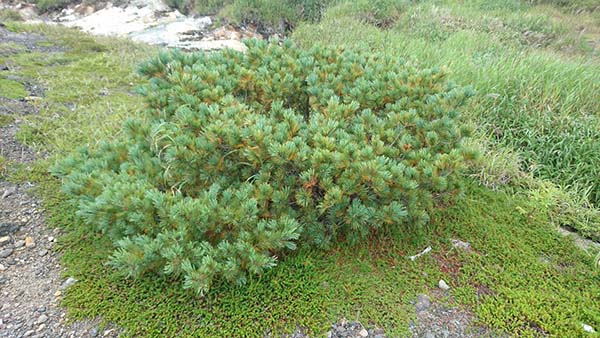
- Black (Pinus nigra);
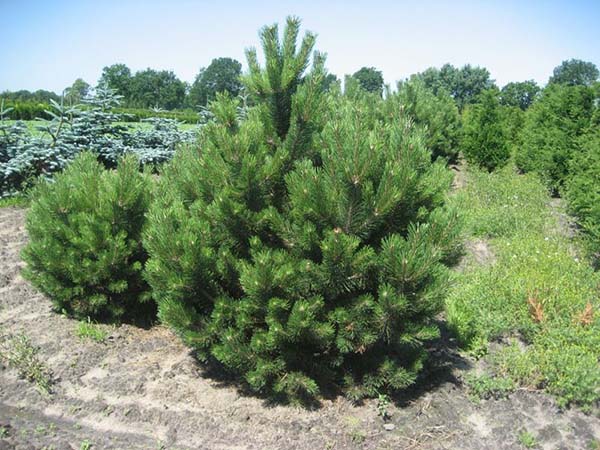
- Mountain (Pinus mugo).
More details about planting and caring for mountain pine read in a separate article.
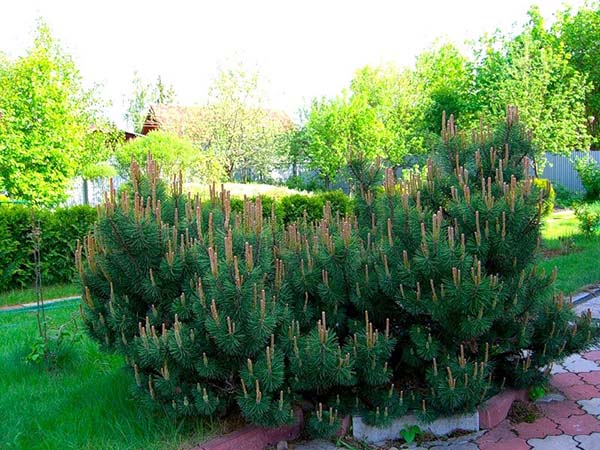
Note! As a rule, in the forest you will most likely find pine.
When to transplant pine from the forest to your garden: optimal timing
The optimal timing for transplanting pine seedlings from the forest is early spring (March-April) or late autumn (October-November), and it is even better to do it in winter, when the ground is frozen, and the tree can be dug out together with a lump of earth, without exposing its roots, because that only then can it be well and quickly set.
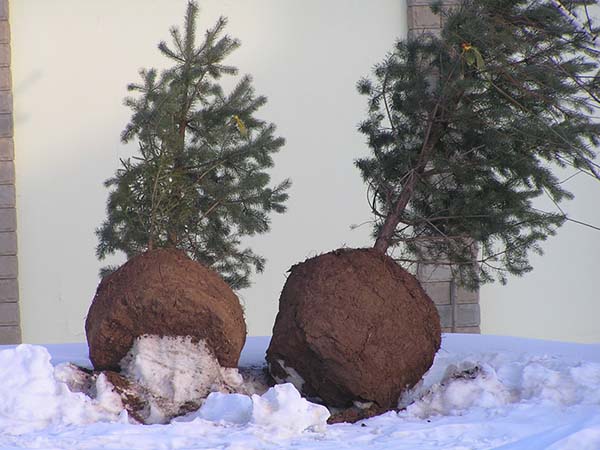
How to choose and dig a pine seedling in the forest: tips and tricks
Transplanting a pine tree from the forest to your site is not so easy, because the seedlings often take root very poorly.
For planting, it is optimal to choose pine seedlings no more than 3-4 years old, and even better to be guided by their size so that you can conveniently and correctly transport them to your site, and first dig them out without damaging the root system. As a rule, the root is the same length as the height of the tree, so it is best to dig up the smallest ones.
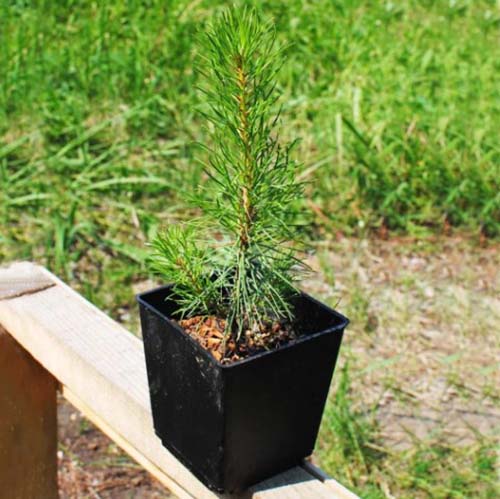
In order for a young tree to better take root and start growing faster, it is imperative to dig out a pine tree together with an earthen lump, the diameter of which is equal to the span of the lower branches of the tree. The fact is that the open roots of the ephedra cannot be kept in the air for more than 10-15 minutes, since the fungus mycorrhiza lives in them, which is responsible for the absorption of nutrients, which quickly dies in the open air, and the pine tree will die with it.
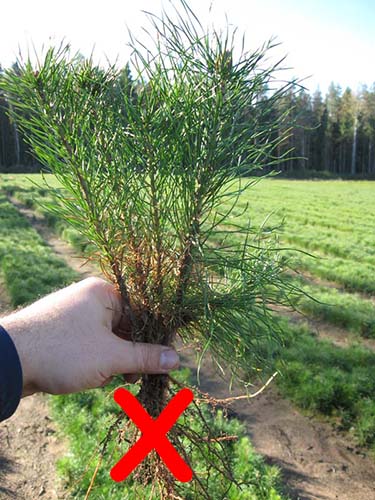
Advice! In order for the pine to tolerate the transplant better, you should maintain the orientation to the cardinal points. Therefore, when you go to the forest to dig it out, do not forget to take a compass. Tie a string or rag on a branch of a suitable seedling facing north. When you transport it to your site, then when planting, check the compass so that the branch of the seedling also faces north.
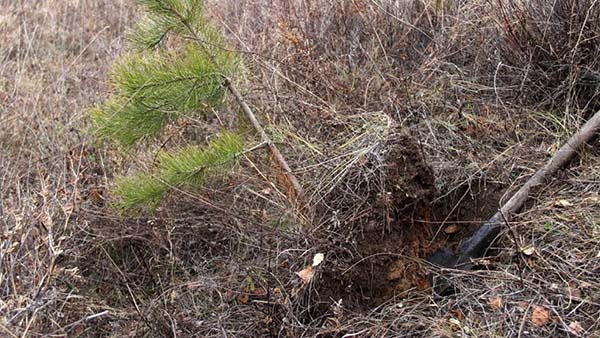
If you were unable to dig up a tree together with an earthen lump or the earth crumbled and the roots were bare, then you can keep it in the air, provided that the root system is constantly wetted, for example, you can wrap the roots in a damp cloth. And just before planting, you can additionally support the roots in Kornevin's solution (not Epina), but keep in mind that the probability of survival in this case is noticeably lower than when transported with a lump of earth.
However, where it is easier to buy a ready-made seedling, for examplemountain pine, with a closed root system (in a container) in garden centers or specialized nurseries.
How to transplant a forest pine to your site
You can easily transplant a young seedling if you pay attention to some of the features of the ephedra.
Optimal place on the site
When choosing a specific place in the garden, it is worth considering the following points when planting a pine:
- It takes all the moisture from the soil, nothing will grow under the tree.
- Over time, a coniferous litter forms under the pine (everything will be in the needles, which cannot be removed, because this is the best fertilizer for the tree).
- A tall tree can be struck by lightning, from which it will definitely catch fire (since it gives off resin).
- Note! It is not recommended to plant a pine tree next to the house, because when it grows, its roots can damage the foundation, so it is necessary to plant it at least at a certain distance, or rather, at least 5 meters.
- If your house has a columnar foundation or a reinforced monolith, then you can plant it closer, but take into account all the previous negative points.
- If you want to plant a tree near a fence, then you should not place it too close to communications (electricity and gas pipelines).
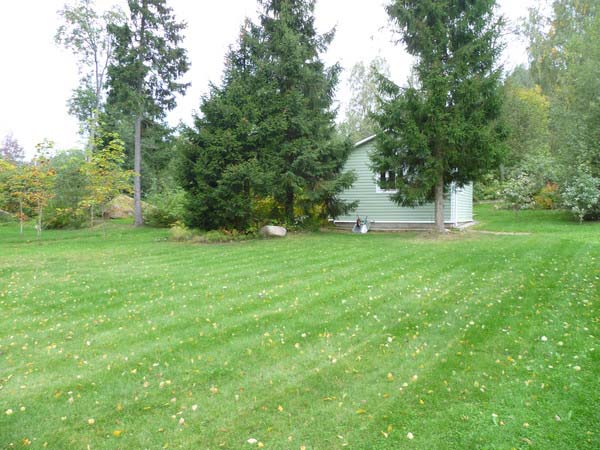
In general, for planting pine, you should choose the sunniest place on the site, or a light partial shade, since the tree will develop very reluctantly in the shade and may not take root at all.
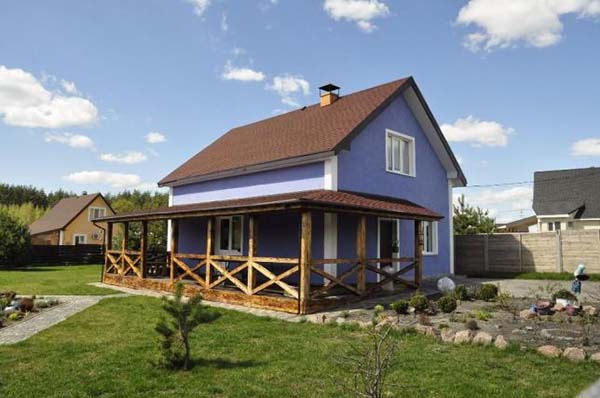
Landing hole and suitable soil
The ideal soil for growing pine is sandy or sandy loam, but if you are especially persistent, you can successfully grow beautiful trees in completely poor soil, for example, in sand with loam and pebbles.
The size of the planting hole should at least correspond to the size of the earthen coma in which the root system of the plant is located, and it is advisable to dig up 1.5-2 times more.
Pines do not tolerate even the slightest stagnation of moisture. Therefore, if at your site the groundwater is too high or you have chosen a low-lying place for planting, then you should definitely make drainage by pouring a 10-20 cm layer of expanded clay or broken brick.
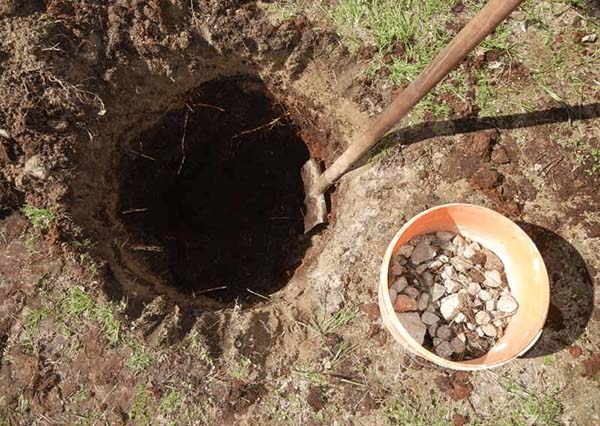
The soil mixture for filling the planting pit can be prepared by carefully mixing the following components: 2 parts of turf land and 1 part of sand or clay, or by taking 3 parts of turf, 1 part of peat and 1 part of river sand. If desired, for better survival in the soil mixture, you can add a handful of nitrogen fertilizer and do not forget to mix it thoroughly with the ground.
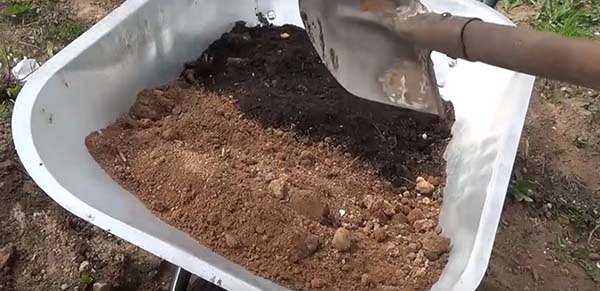
Important! If you plant black and weymouth pine, then they need a neutral or alkaline soil, but in no case acidic. You can deacidify the soil by adding lime to the soil mixture or dolomite flour.
Planting process
Step-by-step instructions for transplanting pine from the forest to your own plot:
- Find a suitable young seedling in the nearby forest.
- Determine exactly where in your summer cottage you will plant this evergreen tree.
- Prepare the planting hole and potting soil according to the size of the seedling to fill it.
- Dig up the seedling along with the root system, without damaging its roots.
- If you decide to take a too large seedling and, together with an earthen clod, it is not possible to bring it to your site, then wrap the roots with a damp cloth without fail, and before planting, hold it in Kornevin's solution.
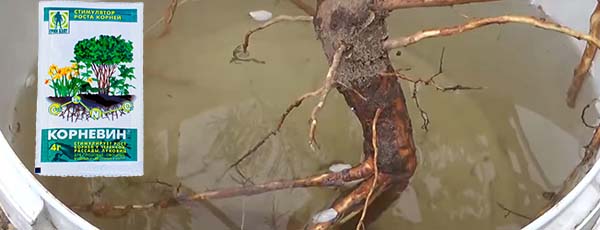
- Lay a drainage layer on the bottom of the pit, pour a little fertile soil.
- Place the seedling so that the root collar is slightly above ground level (the ground will settle after watering and it will level with the surface).
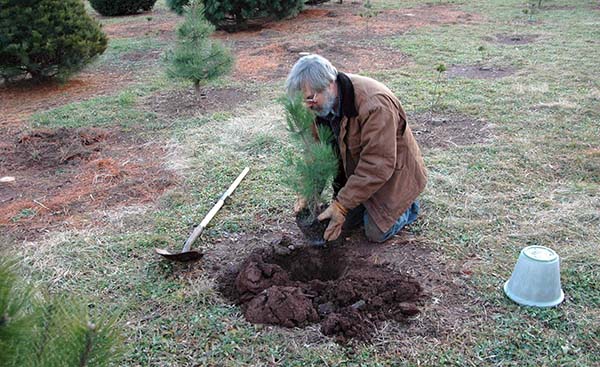
- Cover with soil and tamp well so that the roots are in full contact with the soil.
- Drizzle liberally with water.
- Mulch with peat or coniferous litter (which you can collect from the seedling dug site).
- Be sure to cover the seedling with something from the sun until it finally takes root. It is best to do this with burlap or something similar that does not transmit ultraviolet rays, but allows air to pass through.
By the way! If you decide to plant several seedlings at once, then plant pines at a distance of 3-4 meters from each other.
Video: how to transplant a pine tree from the forest to your site so that it can begin
Despite the fact that the author of this video made several very serious mistakes when transplanting, nevertheless he managed to achieve the main result - the pine took root in a new place, but you should still adhere to the indicated rules.
Video: the result of transplanting pine from the forest
Caring for a forest pine on the site: growing rules
Taking care of pines is quite simple, they do not require any special manipulations. The whole list is pretty standard: watering (as needed), feeding (in the first years in a new place), pruning (at will) and shelter (at the initial stage of development).
Watering
As a rule, mature pine trees have enough moisture obtained during rains, so additional watering is not required, unless you have a Rumelian variety, which should be watered periodically, especially in summer, during a drought.
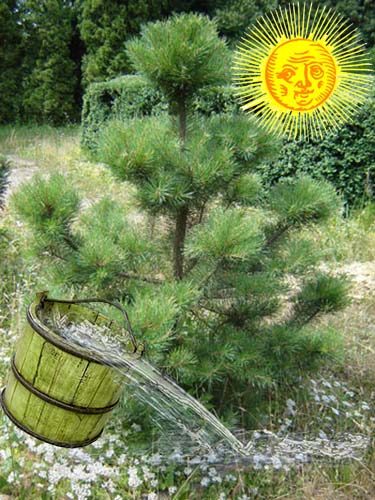
In general, when a coniferous litter forms under the tree over time, it will retain moisture very well.
However, young seedlings, recently transplanted, still need additional watering even just in hot summer weather. It is also important to shed the soil well under a young pine tree in the fall so that it does not freeze so much and the tree does not receive spring burns due to the fact that the roots cannot take food from the still frozen ground.
Top dressing
While the pines are small (in the first 2-3 years after transplanting), it is worth feeding them 2 times a year (in spring and autumn) with complex mineral fertilizers, throwing 1-2 handfuls (or 30-40 grams) into the trunk circle, and then watering abundantly, or if rain is foreseen, it will soak the granules on its own, and food will gradually penetrate to the roots.
Advice! There are also special fertilizers for conifers.
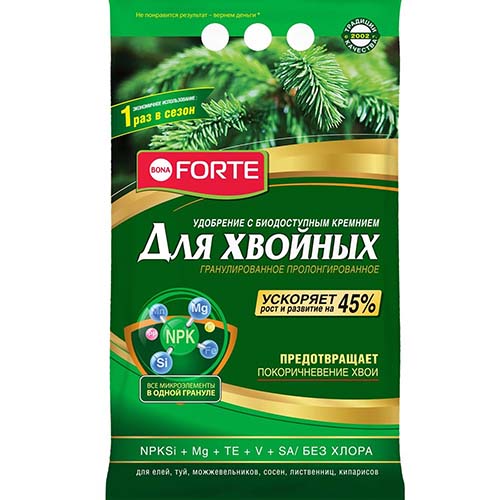
When the tree matures and gets stronger, then it will be able to independently provide itself with organic fertilizer, if necessary, feeding from its own coniferous litter.
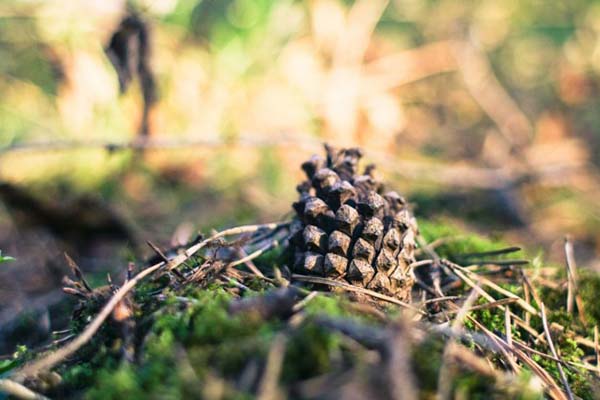
Pruning
Sanitary pruning is all the pine trees need. Another thing is, if you want to slightly slow down the growth of a tree in order to make its crown thicker and more saturated, then every spring you should pinch its new growth by 1/3 of its length, breaking off branches with your hands or cutting with special scissors (pruning shears).
Shelter for the winter
Adult pines are very hardy, so they don't need any shelter. What can not be said about young seedlings, which for the winter in the first 2-3 years should be covered with spruce branches or burlap. Such a shelter will serve two purposes: 1) protection from frost and freezing and 2) protection from spring burns of needles.
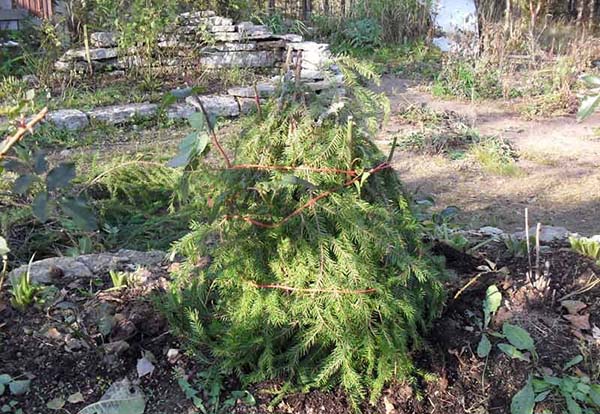
Why do pine needles turn yellow and how to deal with it?
It often happens that the pines, or rather their needles, suddenly begin to turn yellow (especially in autumn or early spring), but this does not always mean that the tree is sick with something.
Important! Once every 3-5 years, almost all ephedra shed their old needles. This is a normal natural process.
The reasons for the yellowing of pine needles can be:incorrect planting of a seedling or its transplant:the wrong choice of soil mixture and non-compliance with the planting rules, untimely care, namely, insufficient watering or excessive feeding, as well as a spring burn... For example, you need to plant only in a fairly loose soil, which must contain sand. Do not deepen the root collar. If the weather is dry, the tree should not forget to water and even sprinkle. For the winter, young seedlings are recommended to be shaded and covered.
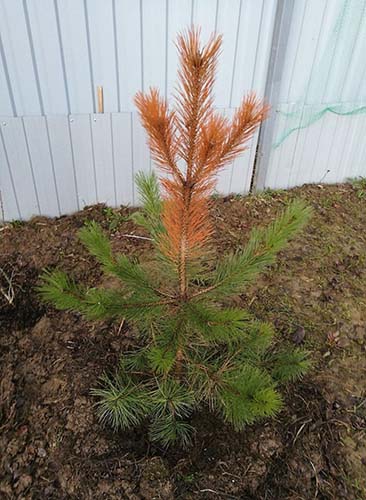
If you do not doubt that you did everything correctly, then it is quite possible that your tree has picked up fungal disease (Schütte) or is it the work of pests, which can be eliminated using contact fungicide and insecticide.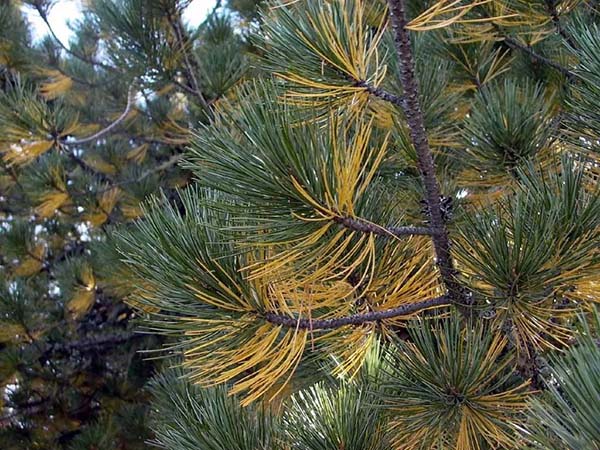
To make your summer cottage play with new colors and shapes, transplant a young pine seedling to your site. However, this must be done carefully and wisely, adhering to the recommendations and advice on the correct transplantation of a coniferous tree.
Video: how to transplant a small pine tree to your site


When replanting pines, I chose young 2-year-old pines in the forest, dug them up with a lump, placed them in a bucket and completely filled them with water. Of the 15 wounds, 13 were taken, two died through my fault (poor watering in the first three months)
Thank you for sharing your personal experience!